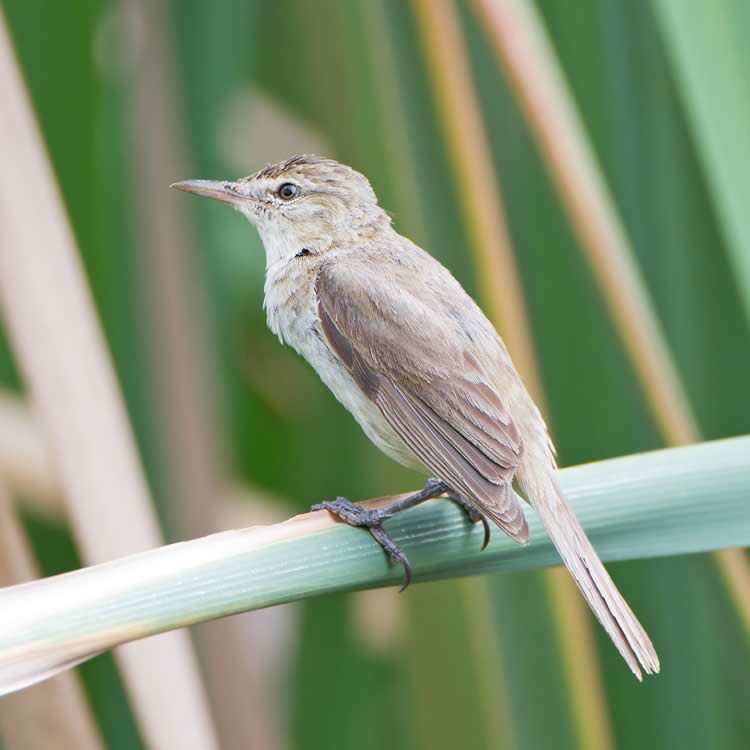Reed warbler

Community type
Habitat type
Tidal wetlands and macrophytes beds
Much like little grass birds the Australian reed warbler is very common in the Derwent wetlands. They are a small plain olive-brown bird that can often be seen by patient observers as they flit from reed clump to reed clump among wetland vegetation. Reed warblers are very secretive, and will flee into dense reed vegetation if disturbed. They make a short low flight across water to catch insects. Its cup shaped nest is built in dense reeds and is designed to keep the eggs from rolling out even when the reeds are bent. They lay 2–3 eggs between August and January. Reed warblers have a high, drawn out call “whip-wheee-wheee”.
